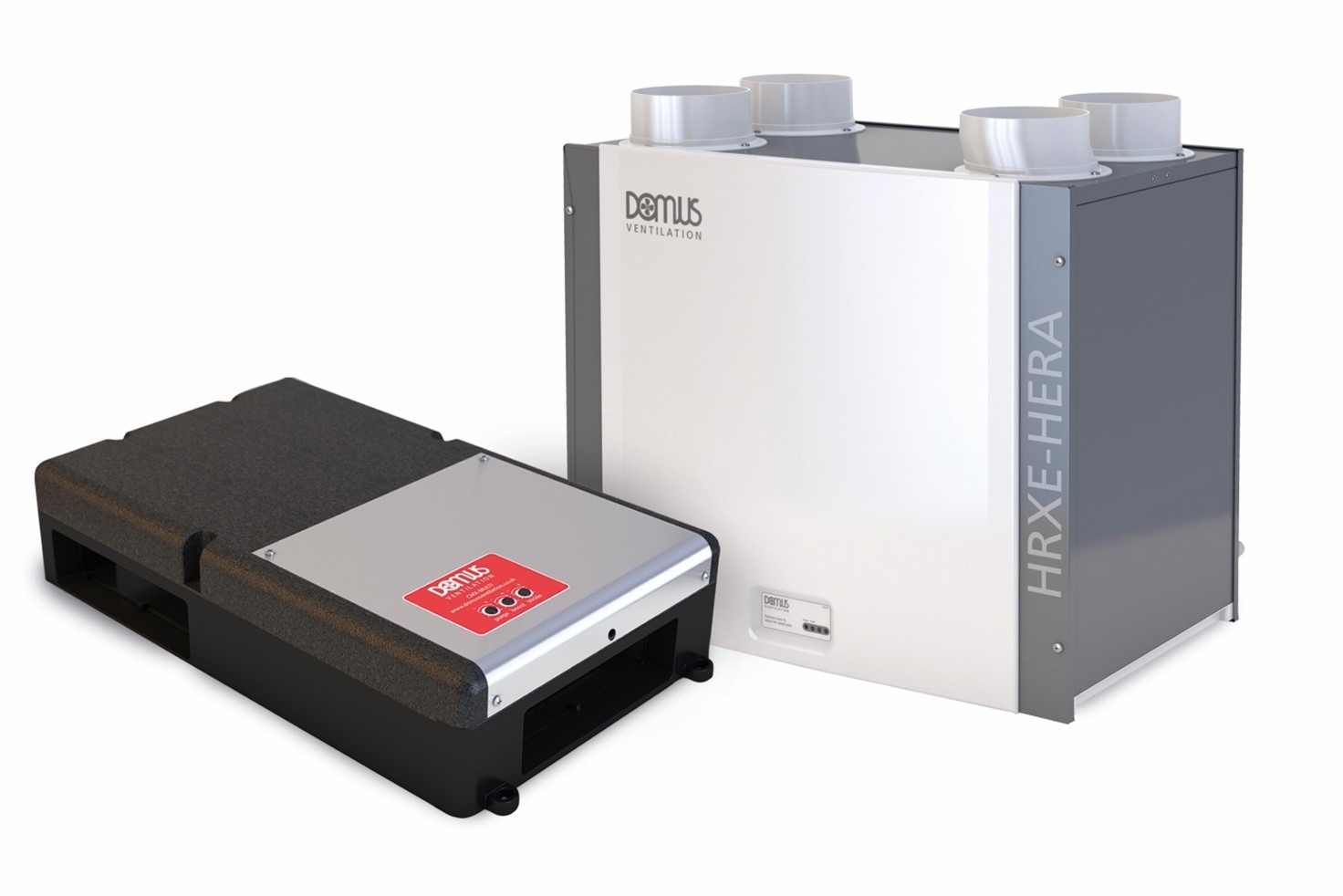

In 2021, the UK was found guilty by the European Court of Justice of “systematically and persistently” breaching air pollution limits. The court ruled that, since 2010, the UK had failed to tackle the problem of toxic NO² emissions in the shortest possible time. The UK government’s latest data shows that NO² limits are being exceeded in 33 out of 43 air quality assessment zones.
Measures to tackle air pollution have been announced, which cover both NOx (the collective name for Oxides of Nitrogen, with NO and NO² having the most effect on the environment and human health) and PM2.5 (particulate matter which is a mixture of solid particles and liquid droplets such as soot). It aims to have new legal air pollution limits in place by October 2022, which will be informed by WHO guidelines.
So, air pollution is being taken seriously, but the focus is on external air pollution. When you consider we spend 80-90% of our time indoors, are we in danger of side-lining indoor air pollution?
What are the indoor pollutants?
When it comes to outdoor air pollutants the focus is very much on NO² and PM2.5, with the key emissions sources being transport and domestic fossil fuel burning respectively. For those living near busy roads and in built up areas, these emissions remain a problem indoors as well as outdoors as they readily enter homes around closed doors, through windows etc.
But pollution is also generated by activities conducted within the house. Levels of particulate matter (PM) increase burning fossil fuel such as gas cookers and heaters, and even candles. The cleaning equipment used often contains harmful toxins that accumulate indoors and linger. Even seemingly innocuous items within homes, such as furniture and the very materials these homes are built from, can release potentially harmful pollutants if properties are poorly heated and ventilated.
Sadly, this is a much under studied area and our knowledge of the sources and worst effects of indoor air pollution is lacking.
How to address indoor pollutants
Whilst ‘there are things that we know we don’t know’, as the saying goes, the things we do know that cause potentially harmful pollutants indoors we can address.
The first and easiest one of these is to switch to non-toxic cleaning products. The second is to move away from fossil fuels in our home. Whilst these focus on removing the pollutant at source, the third way to address pollutants in our homes is to disperse them through effective ventilation.
The simplest form of ventilation is to open windows, but this isn’t a good option if the property is in a heavily polluted area as you are simply bringing more polluted air into it. Basic mechanical ventilation, such as bathroom and kitchen fans are essential and will remove a level of pollution (as long as they are correctly ducted!), but to truly make a difference you need to turn to mechanical ventilation systems. And this is where housebuilders can make a potentially life changing difference to future home owners and residents.
Effective ventilation = mechanical ventilation
Mechanical ventilation, in the form of intermittent extract, continuous extract or supply & extract, are recognised as the most proficient means of ventilating a modern property.
Mechanical Extract Ventilation (MEV) and Mechanical Ventilation with Heat Recovery (MVHR) systems actively extract air from wet rooms (kitchens, bathrooms, utility spaces) via ducting to a central ventilation unit which exhausts to the atmosphere. In the case of MVHR, there’s the added benefit of supply and extract ventilation combined as these systems re-use waste heat from the extract air and use it to efficiently pre-warm the fresh air drawn into the building using a heat exchanger. The filtered, pre-warmed air is then distributed around the home, effectively meeting part of the heating load in energy efficient dwellings. Domus Ventilation’s new HRXE-HERA® and HRXE-AURA® MVHR units feature advanced heat exchange proficiency enabling up to 95% of waste heat to be recovered. They come with 100% thermal (summer) bypass which automatically activates when the air temperature reaches a pre-set level, allowing in cooler, fresh, filtered air without warming it through the heat exchanger.
Both MEV and MVHR systems provide effective ventilation, are energy efficient and extremely effective at dispersing polluted air.
Even with these clever systems, they still rely on brining outdoor air in so, in more polluted areas such as cities – you will need to combine them with a filter. The Domus Ventilation NOX-FILT, for example, works on the supply leg of the ducting system of a mechanical ventilation system and prevents up to 99.5% of NO² pollution from entering a home. There are two units in the range with the second one having the added benefit of a PM2.5 pre-filter.
Because of the nature of these systems, which require extensive ducting, they are mostly suited to new build properties. For existing properties, the most cost-effective options are bathroom and kitchen intermittent extraction fans (Axial and Centrifugal) and Positive Input Ventilation units (PIV). PIV units are a cost-effective method of eliminating moisture from the home by gently pressurising a dwelling to expel stale and humid air through natural ventilation points. They can be mounted either in the loft area of a house, or a hallway cupboard of a flat.
Getting to grips with indoor air quality
We certainly don’t want to detract from the work being done to improve external air quality – it’s literally life saving – but we do need to start taking indoor air quality seriously. We should feel safe in our homes.




